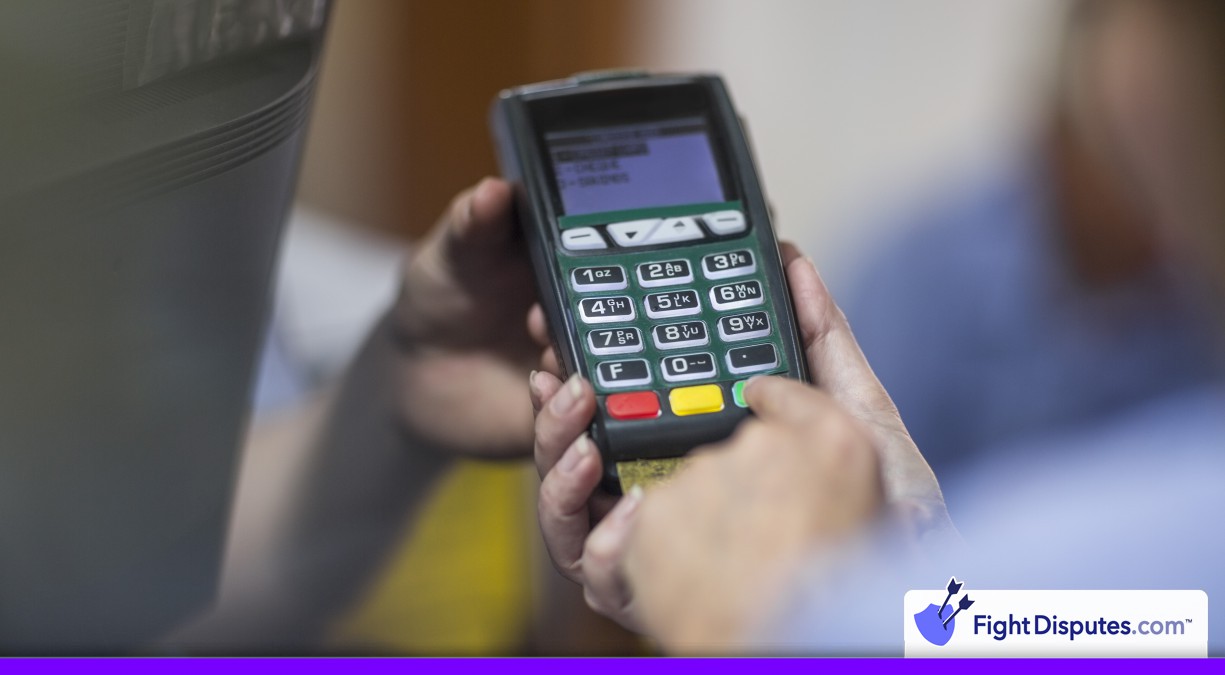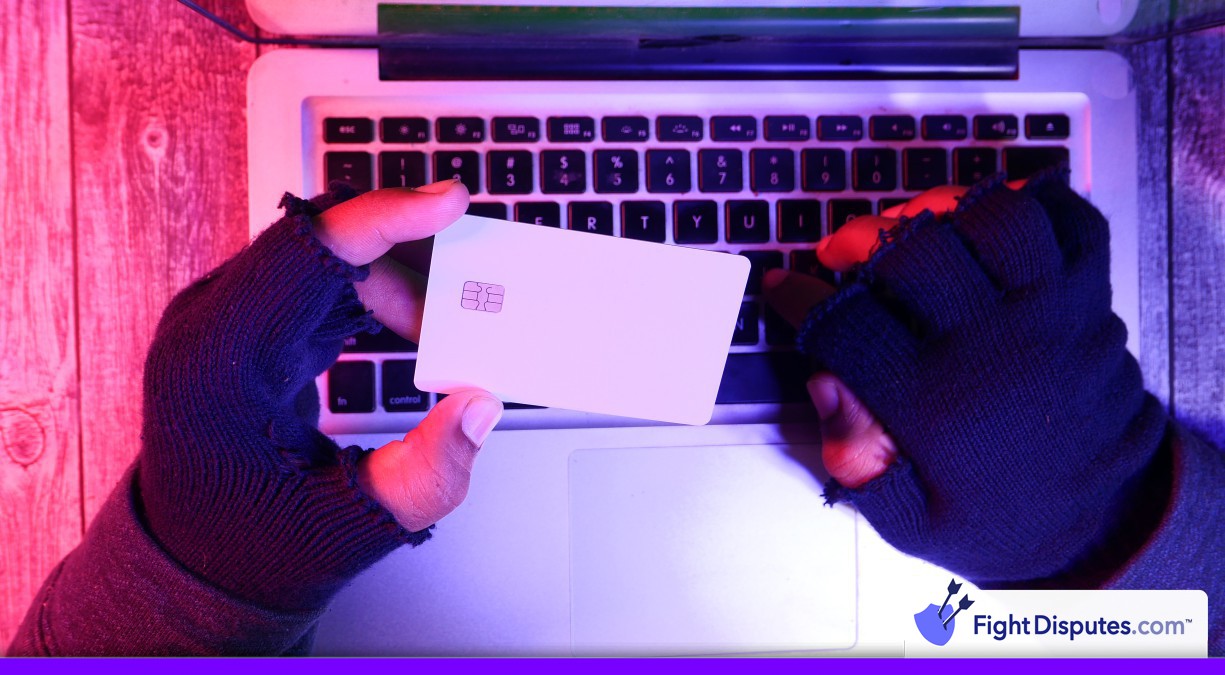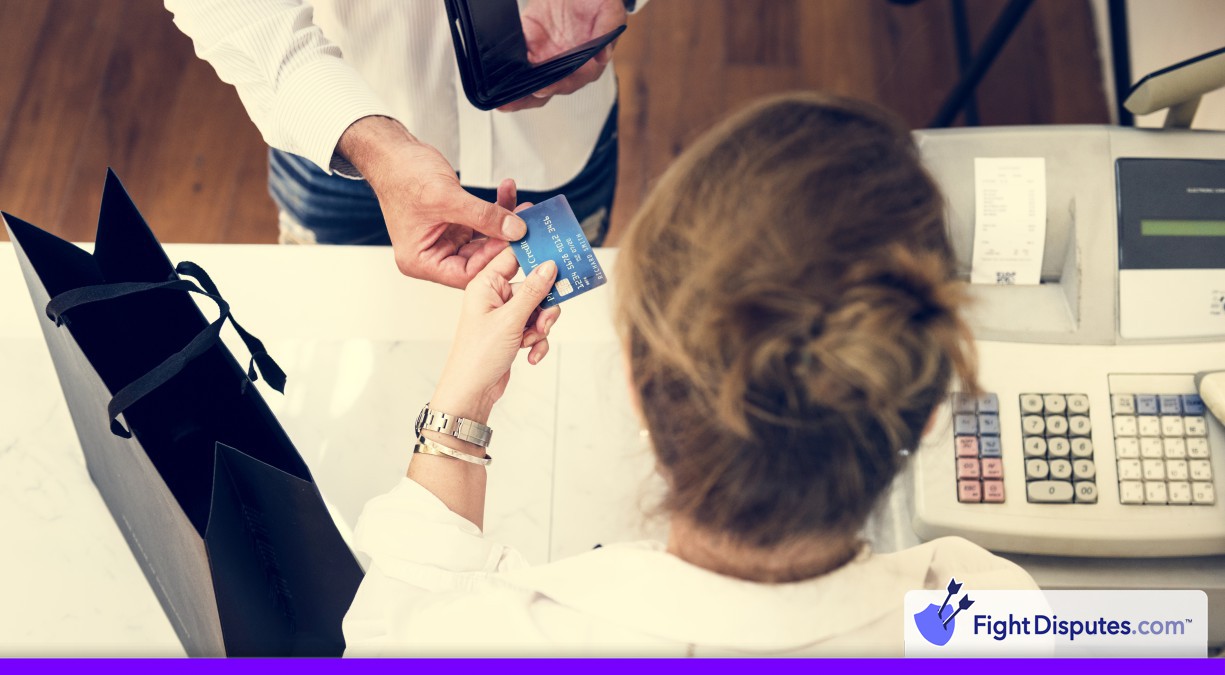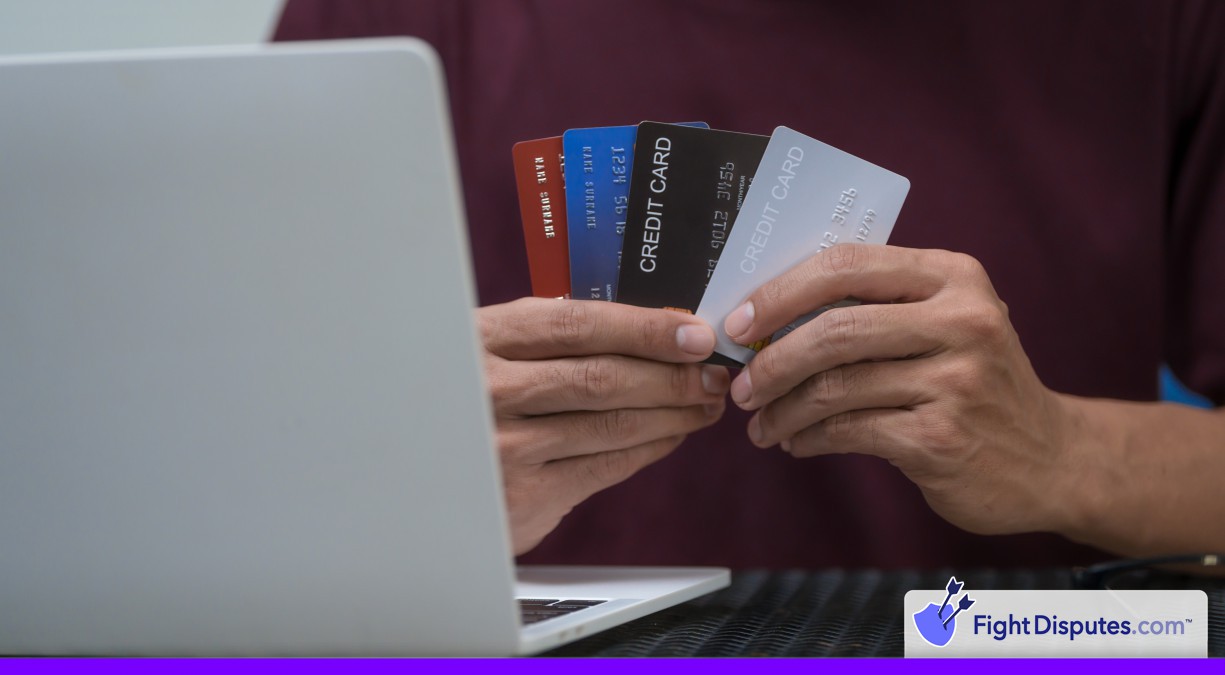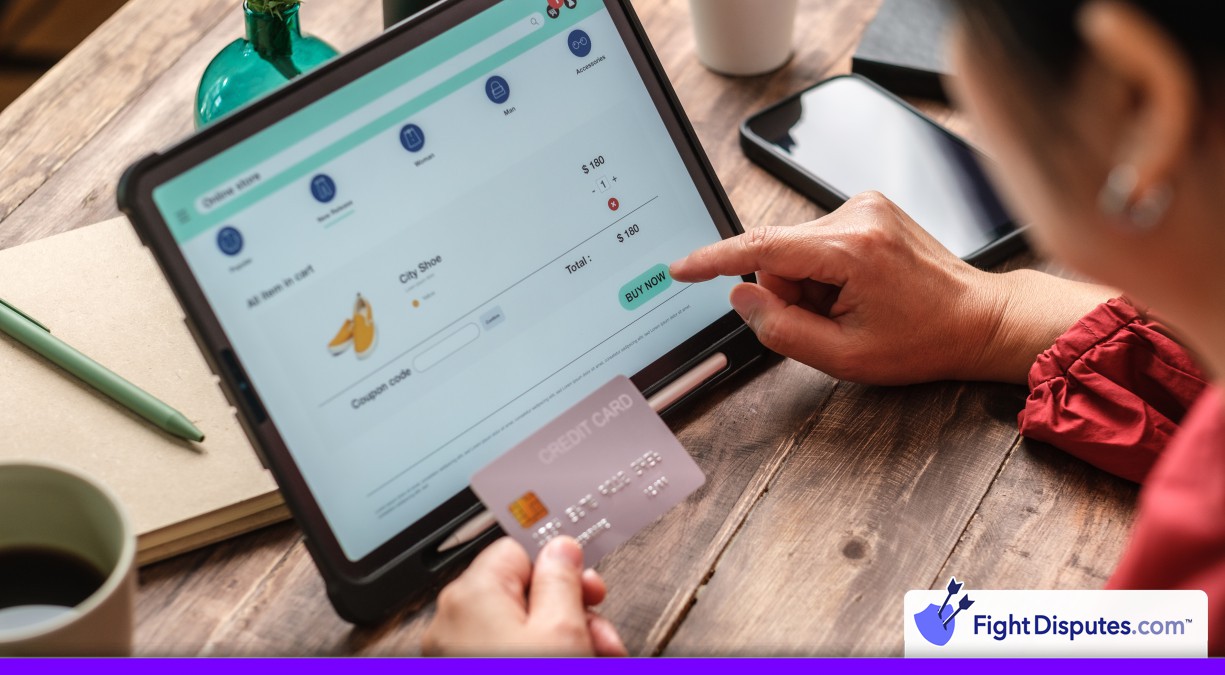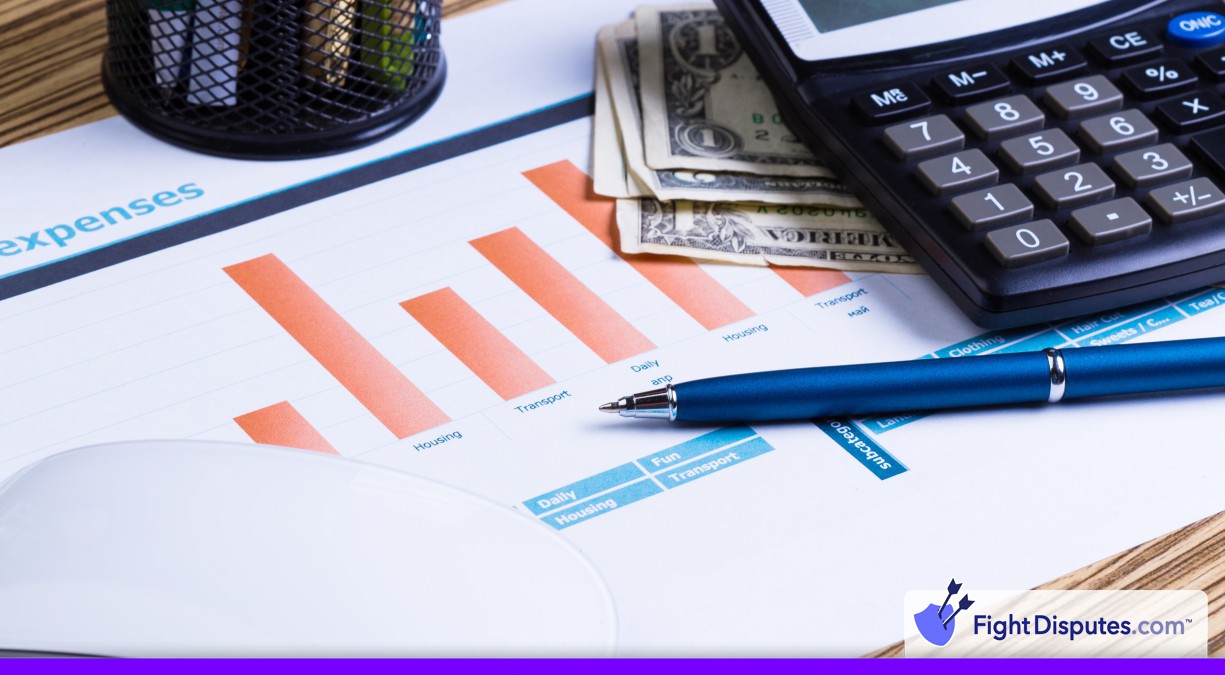What is a Good Rate Percentage for a High Risk MID?
One of the most important considerations for a business is how resilient you are to fraud and abuse. Good businesses fold because they’re abused due to lax security all the time.
While you have many tools available to you to fight fraud and abuse, you still need to use them properly. If you don’t, you’ll end up with chargebacks. Too many chargebacks results in fees and penalties, and your business can even be marked as “high risk.” Having a high risk MID can put you in a precarious position moving forward.
What is a high risk MID, how do you know if you’re being punitively charged for having one, and what can you do about it?
What is a MID?
Your merchant ID is sort of like your business social security number. It’s a unique identifier that ties your business to your place in the payment ecosystem. Viewed raw, it’s a 15-digit numbers-and-letters string that is unique to your business.
The MID is an essential part of handling payments as a business. Whenever a customer wants to make a purchase and submits their payment information through whichever processor you have set up, the eventual destination of that money is the account tied to your MID.
While not every business needs an MID, every business that wants to be able to accept credit card payments (and related digital payments) will need one. Businesses that deal only in cash or alternative currencies like cryptocurrency might not have one, but they’re the exception rather than the rule in today’s digital marketplace.
Many of you might be thinking “wait, but I’ve never seen an MID. Do I need to get one?”
Depending on how you have your business set up and what payment processor you use, you likely already have an MID, but you’ve never needed to see it. For example, Stripe keeps MID data hidden as a security measure, so if you use Stripe for your business, you have an MID but don’t need to know it.
That doesn’t mean it’s entirely hidden from you, of course. MIDs will be visible on merchant account statements, possibly in your payment terminal if you have a physical POS system, and available on demand if you call or otherwise contact your merchant account provider.
What is a High Risk MID?
Merchant IDs track your business financial performance through the ID. If your business receives a lot of chargebacks or fraudulent transactions, the payment processor that is handling that merchant ID may deem it to be high risk.
When you’re labeled as high risk, you can face a lot of potential hardship.
- Your fees go up. You pay a fee per chargeback for all of the administration, so merchants levy a higher fee as punishment and incentive to get your act together.
- You may be required to establish a reserve. This is a pool of funds you can’t withdraw, which the payment processors will draw from to claw back money from chargebacks.
- Your merchant account can be terminated. This can force you to open up a new one with another bank or payment processor and switch everything over.
- You can be added to the MATCH list, which is an industry denylist that makes it much harder to get a new merchant account for that business from any bank or payment processor. This can force you away from using credit cards at all.
With such steep penalties, it’s no wonder you want to stay under the 1% chargeback ratio that flags you as high risk.
What is a Good Rate Percentage?
Your rate percentage is the amount you pay as a commission fee for transactions. This is known as your rate percentage, your rate, or by the acronyms TDR and MDR, Transaction Discount Rate and Merchant Discount Rate. Whatever the name, they all refer to the same thing.
There’s no single guaranteed rate you’ll pay for your MDR. Different payment processors have different set rates, and those rates change based on the risk factors for the merchant, as well as the category of transaction.
For example, Chase has three different tiers of rates for basic transactions using their POS system; 2.6% + 10 cents flat fee for tap/dip/swipe transactions, 2.9% + 25 cents flat fee for online transactions, and 3.5% + 10 cents flat fee for keyed-in transactions. These are the baseline rates for just one type of payment processing from one payment processor for a basic, in-good-standing merchant account.
Defining what a “good rate percentage” is ends up being very contextual. The method of payment, the payment processor, and the type of transaction all vary. There are also often added fees for certain types of credit cards (business cards are often charged more, for example) and added fees for international transactions, which often carry higher risks.
That said, most of these hover between 1% and 4% for merchants in good standing. This is generally accepted as the range you’re just going to have to pay to handle credit card processing as a business.
What is a Good Rate Percentage for a High Risk MID?
If your business is categorized as high risk, one of the biggest changes you’re going to encounter is an increase in fees.
What is a good rate when you’re high risk? The lowest you can get. Low-end businesses labeled high risk might start around 3-4%, like the high end of a normal merchant. Even riskier businesses, or businesses that have maintained a high-risk state with a high number of chargebacks for months at a time, can see rates as high as 10%.
So, a good rate percentage for a high risk merchant would probably be in the 3% to 5% range, as it means you’re just a bit over the normal range for a standard risk business. The higher your rates, the more the merchant is telling you to either clean up your act or go somewhere else, though they would not have kicked you off just yet.
The truth is, even though a credit card processor could make a lot more money by charging high fees for as long as you’re willing to pay, the administration is a significant enough burden that they’ll often end up cancelling your merchant account with them well before you settle in at a high rate.
There do exist some payment processors, offshore or catering explicitly to high risk industries, which charge even higher fees as a cost of doing business. They aren’t common, but they can be found for merchants for whom all else has failed but who really want to continue their businesses.
How to Deal with High Rates as a High Risk Merchant
If you’ve been labeled a high risk merchant, it’s going to hurt. That said, it’s not the end of the line; you can take action to try to reduce your fees and address the situation in a few different ways.
Option 1: Negotiate the Fees with Your Payment Processor
While the payment processors publish their fee schedules as if they’re set in stone, they can actually be adjusted with a reasonable amount of flexibility.
If you have the time, the position, and the information to do so, it’s possible to negotiate with your processor to have the fees lowered.
- Consider your transaction volume. High-volume businesses can often use their volume as leverage to negotiate lower fees. Showing clear transaction history with consistent needs over months and years can prove that, even if you’re high risk, you’re still doing legitimate business and can pay the bills.
- Think about other elements of the contract as well. You may be able to take a hit somewhere else in exchange for lower fees.
- Do market research. Look into other payment processors and other businesses in your industry and niche, and figure out what kinds of rates are being charged. If you find lower rates elsewhere, you can use that to say “look, you’re overcharging me; either lower my rates or I’ll switch.” The payment processor might be willing to retain your business at the lower fee, in a sort of price match.
- Be open and willing to work on the high risk factors in other ways. There are reasons why you’ve been labeled high risk, and if you’re open about your plans to address them, your processor might work with you to help lower fees as you succeed.
There’s never a guarantee that you’ll be able to negotiate, especially if you’re a small business without much volume and whose fees don’t amount to much given the multi-billion-dollar industry the payment processors work in. Even still, it’s worth a shot; the worst they can do is say no.
Option 2: Switch Payment Processors
It’s always possible to switch payment processors.
Up above, I mentioned that your merchant ID is sort of like a social security number for your business. That’s kind of right, but also not entirely true. You can’t have more than one social security number (barring extreme circumstances), but you can have more than one merchant ID. In fact, having multiple MIDs is a go-to practice for many kinds of business owners.
When you switch from one payment processor to another, you will get a new merchant ID with the new account. As long as you aren’t on the MATCH list and you aren’t high risk by virtue of the kind of business you operate out the gates, your new MID will not be tagged as high risk. You can, in a sense, abandon a tainted MID and start over.
There are problems with this, certainly, which is why it’s not the go-to method at the first sign of trouble. For one thing, there are only a limited number of payment processors out there, and if you abandon your account with each of them, you run out of places to go.
Another flaw is that the transition takes time, during which payments can be held or delayed. You can work with a payment gateway to store customer tokens to make the transition smoother, but that, too, is an additional layer to deal with. It does provide good insulation if an MID is shut down, though.
Option 3: Address the Causes of Your High Risk Status
In general, your best option is to figure out why you’re labeled high risk, and fix the problem.
Some businesses are just naturally going to be labeled high risk no matter what. Some are on the low end, like subscription services, travel providers, and membership-based services, which end up with a lot of chargebacks and disputes due to the nature of locked-in and easily forgettable payments.
Some are on the high end, like adult content, MLM, and collections-based businesses, which are prone to remorse, disputes, and other issues.
Any business can be labeled high risk because of external factors, however. Expanding into foreign markets and being hit with foreign chargebacks, being a vector for card validation fraud and friendly fraud, and chargebacks in general are all common causes.
One major step to take is to use anti-fraud measures provided by your payment processor and others in your payment ecosystem. The more you can cut down on fraudulent transactions, and the clearer you can make your transactions, the fewer chargebacks you’ll have and the further from the high risk status you’ll remain.
You can also use a system like FightDisputes.com. We set up a kind of interception between customers and your merchant ID; if a customer files a dispute, we catch it and alert you, so you can take action to resolve the situation with customer service or with a refund instead. Then, the dispute can be cancelled before it becomes a chargeback, and it never hurts your account.
To get started, just reach out, or learn more about how it works here.
The best way to deal with high fees as a merchant is to avoid reaching the point where you have them in the first place, and intercepting chargebacks is a great way to get there.
 Call (844) NO-DISPUTES
Call (844) NO-DISPUTES
